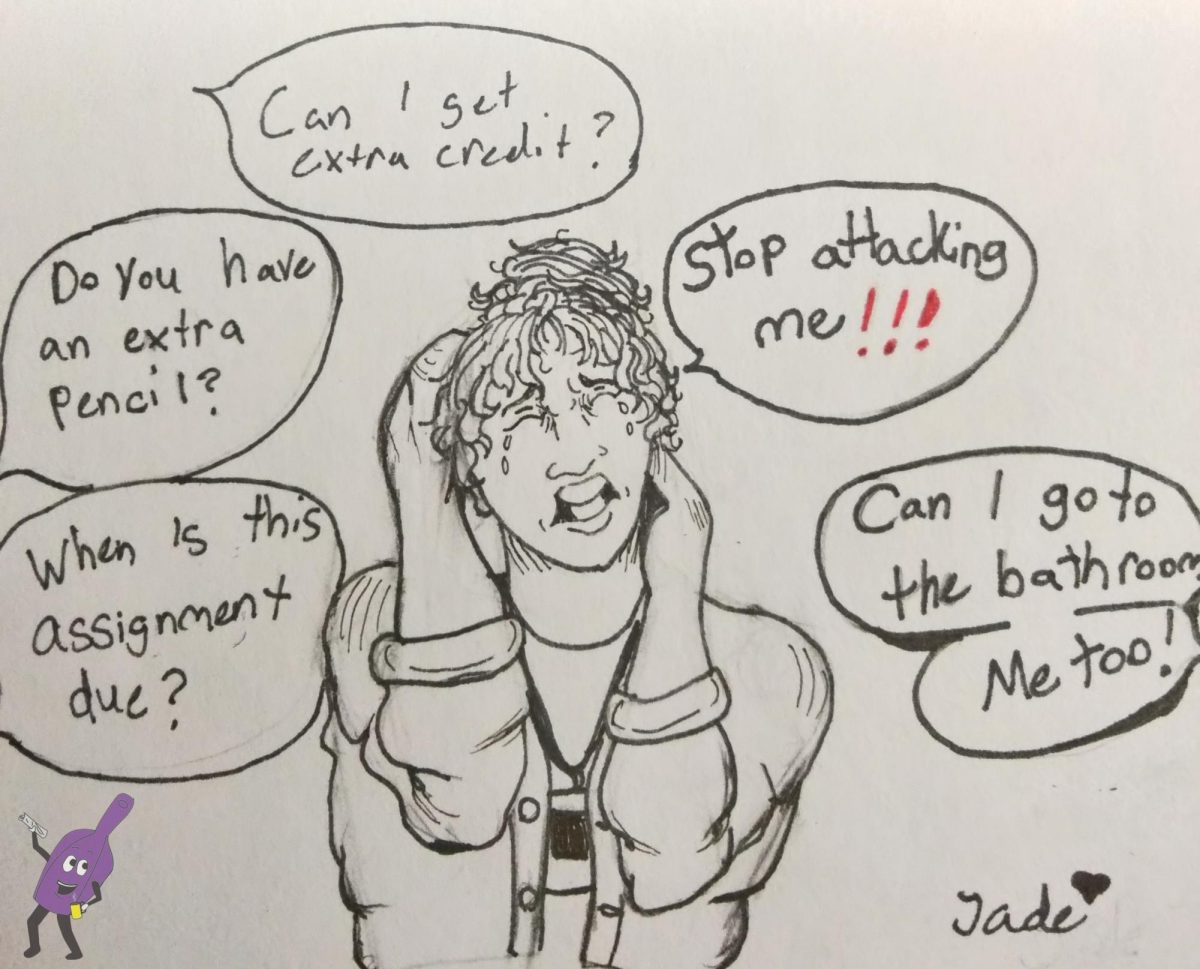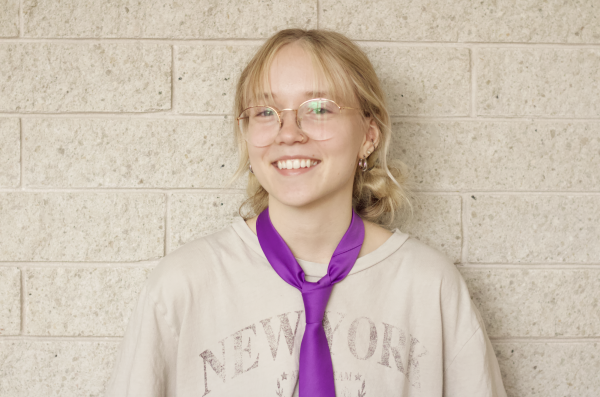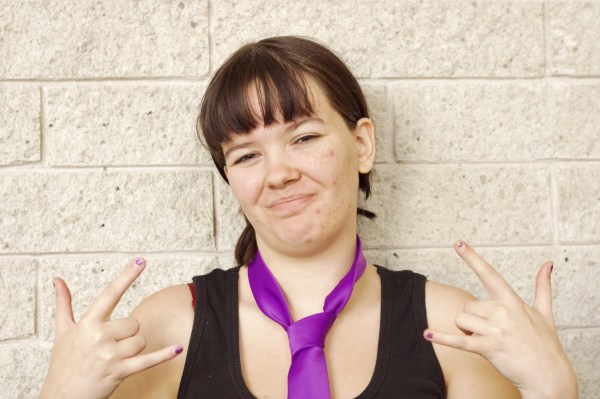Every new year with a new group of students, is always an adjustment to figure out the dynamic of the classroom. As technology becomes more prominent in education, teachers have had to adjust and are learning the best ways to incorporate it in class. Now most recently, the pandemic completely changed teaching.
March 2020 is when everyone went online for school, whether they were a first grader or twelveth grader.
During this time, teachers were doing something that no previous teaching generations have had to do. No one really knew the best way to adjust to being online full time, especially being over half way through the school year.
Micaela Desimone did an interview with PBS talking about all of these changes. Teachers were getting a lot of recognition for how hard it must’ve been to stay strong for their students, but once they actually got the hang of it, they threw everyone back in person.
From the lack of structure and social interaction, the behavior from some of the students was nothing like what the teachers were prepared for when becoming a teacher.
Certain behavioral issues were coming up that some teachers had never experienced in their career. It’s not saying that there have never been behavioral issues before, but it’s been happening more often.
The classrooms have not just changed emotionally.
Teachers on TikTok have come out saying a huge portion of their students are not reaching grade level requirements. Everyone is pointing fingers at whose fault this is. The one common denominator is when they went online for school.
For example, a fourth grader is at a first grade reading level. First grade was the last time school was normal for them before the pandemic.
Ernest Crim III, a former teacher, talks on social media about how the system just passes kids along no matter what. Crim says, “you’re ten, you’re ten, y’all at the same level, and that’s not the case”. He goes on to explain how important individualized learning plans are and how a lot of kids just need help.
It is hard because not all students are struggling, so to bring attention to the kids who are having trouble can be difficult. Another note is that there is not a lot of research to back anything up; this is the first time it’s really been brought to light and it’s only been four years since the pandemic.
There are other downsides to being a teacher. Things like pay have never been great, and there are other emotional challenges that can come with working with kids.
Funding can be really difficult for schools as well. Many teachers pay out of their own pockets to get things for their students to have a better experience. When students are treating their teachers poorly, it could be harder for some of them to justify spending a lot of money on them
In a school district, there are essentially tiers of power of who decides what. The administration at each high school can make decisions best for their individual school, but on a larger scale the school board gets to decide things like what time school starts. Anyone could join board meetings and bring their opinion to the table.
Then it goes to the Head of OPI (of the state) and the US secretary of education. These people decide bigger things like the funding.
Teaching is not all unpleasant and no one should be afraid to become an educator.
Despite some of the drawbacks of this career path, if someone has a passion for educating, it can be wonderful.
An obvious plus side of teaching is the schedule consistency. The summer break and five days a week works well for a lot of people. And there will always be a demand for teachers. They wouldn’t have to worry about a turn over.
One thing that really makes it worth it is the impact they can make on the kids they work with.
A teacher is one of the most important adult influences that kids have before going in to the real world. School is also an escape for some students who don’t have the best home environment.
One big reason that teachers start their career is to be able to make those differences.
Megan Stubbs, Sentinel’s culinary teacher, spoke to her EDU 201 class about how her goal as a teacher is to connect with her students. She describes it as when a student shows that they trust or feel comfortable around her, she knows she made it.
Some other teachers have a passion for the subject they are in and want the joy of bringing their knowledge to students. These teachers will still really connect with their students passionate about that subject.
Connection is one of the most important parts of being an educator, no matter who they are working with.
I spoke with Taylor Sanchez, a special education teacher at Jeannette Rankin Elementary, about her feelings on all of the recent happenings. Sanchez talks about how at her school there are many students behind socially and academically. This is due to the insolation they experienced during the pandemic.
She explains, “Schools in Montana are not receiving the funding they need to keep up with the demands in education, which is causing an increasingly higher rate of teacher burnout”.
Adjusting to the changes all of these young kids have gone through the past few years has been really hard, but in the groups of poorly behaved students there will always be room to grow.
There are resources and the education system should be trying harder to make sure everyone is where they need to be. Not only should they be looking better at the students, they should be caring for the teachers.
No teacher should go home after work and be debating their entire career choice because of how they were being treated.
There are ups and downs of every profession, but the most important part of being an educator is that the students are getting the resources they need to succeed and the teachers are getting fairly treated.





